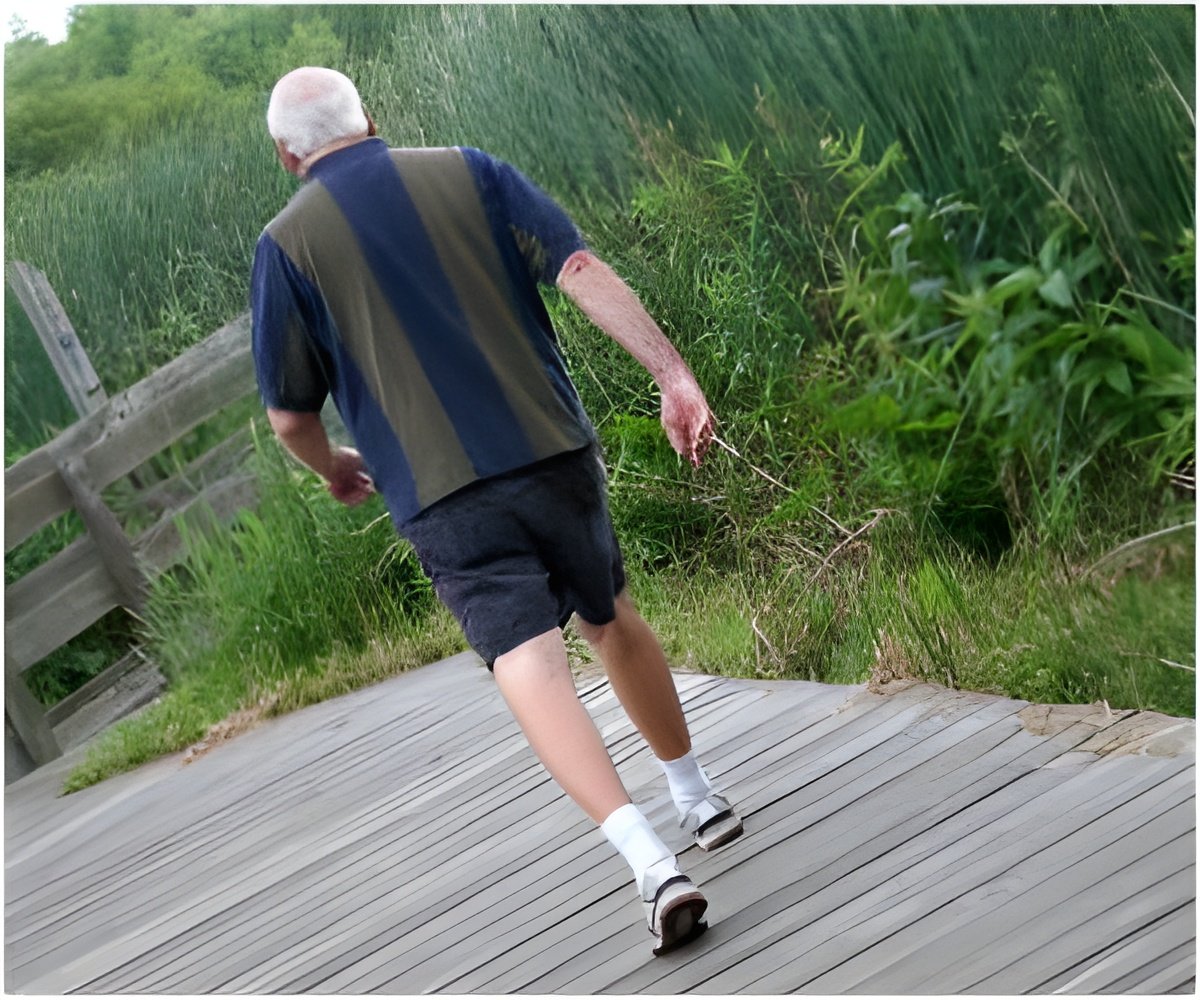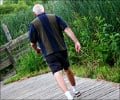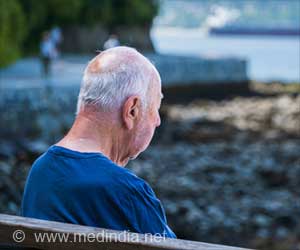Goals are a valuable tactic in helping older adults live a healthy lifestyle, suggested a new study.

In a 16 week period, both financial incentives and opportunity to donate to charity increased walking in older adults, by 2,348 steps and 2,562 steps per day, respectfully.
The study provided 94 adults aged 65 and older (whom were determined healthy enough and had an interest in beginning a walking program) with a digital pedometer, walking goals, and weekly feedback on their progress.
The adults were randomized into four groups: a control (received weekly feedback only), financial incentives (received payment of $20 each week walking goals were met), a social goal group (received a $20 donation to a charity of choice each week walking goals were met); and a combined group (received $20 each week walking goals were met that could be received by participant, donated to a charity of choice, or divided between the participant and charity).
During the 16 week intervention period, the number of days in which goals were met was higher in all groups compared to controls, therefore showing that financial incentives, charitable donations and both together all increased the amount and retention of increased amounts of walking. When the incentive period ended after 16 weeks, all groups dropped down to walking levels seen in the control group.
At baseline, participants walked 4,556 steps per day. Walking goals were a 50% increase in steps. Average daily steps counts during the intervention were 1,046 steps higher than baseline in the control group, 2,348 steps higher than baseline in the financial incentives group, 2,562 steps greater than baseline in the social goals group, and 1,692.80 steps higher than baseline in the combined group.
Advertisement
She co-led the study with Jason Karlawish, a professor of Medicine, Medical Ethics and Health Policy, and Neurology, who noted that "walking is safe, free, and readily available - making these intervention initiatives a sustainable way to better health."
Advertisement
This study is among the first few studies looking at the effectiveness of financial incentives in improving health behavior in older adults, and helps address some limitations of earlier studies, but the authors acknowledge that this research also has its limitations.
This Penn study looked at a population that walks regularly, and included predominantly well educated, white women in good health. Authors note that future studies are needed to evaluate what types of incentives are most effective for more representative groups of older adults, and how to maintain increases in walking over the long term.
Source-Eurekalert















